The budget deficits incurred by President Bush were excessive, and wrong.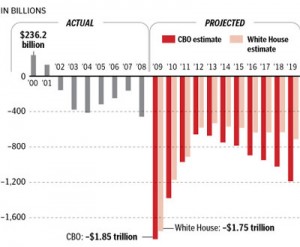
The budget deficits enacted in the budgets adopted by the Republican-led Congress from 2000-2006 were excessive, and wrong.
President George Bush has completed his two terms of office and will not run for office again.
The Republican congressmen who voted for the budgets of 2000-2006 should be primary-challenged and replaced with fiscal conservatives. The Republican members of congress who voted for the Wall Street bailouts should be primary-challenged and replaced with fiscal conservatives.
The budget deficits already begun and planned for the future by President Barack Obama are outrageous, and unjustifiable.
The Democrats who voted for the budgets of 2006 and onwards should be opposed and defeated by fiscal conservatives. The Democrat members of congress who voted for the Wall Street bailouts should be challenged and replaced with fiscal conservatives.
The federal government of the United States is too large, and has become too oppressive. It violates the rights of citizens and strangles the productivity and creativity of the American workers and the American businessmen.
The ONLY way to increase the prosperity of the people of the United States is for American workers and American businessmen to be set free to use their ingenuity and creativity to produce more value. The biggest obstacle to this is the nanny state – the oppressively large and bewilderingly complicated regulations of the federal government.
We need less government, not more.
We need less government spending, not more.
We need less government taxation, not more.
The American people are finding their voice. We are crying out for relief. We are looking for leadership.
We do not need speeches about hope and change.
We need leaders with common sense. We need leaders who will reverse the growth of government over the past ten years… the past twenty years… the past thirty years.
Ronald Reagan was right. Government is not the solution. Government is the problem.
Where is the Ronald Reagan of 2010?
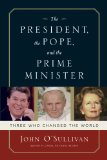
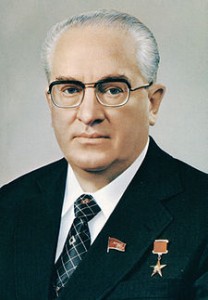
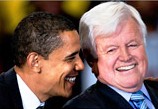
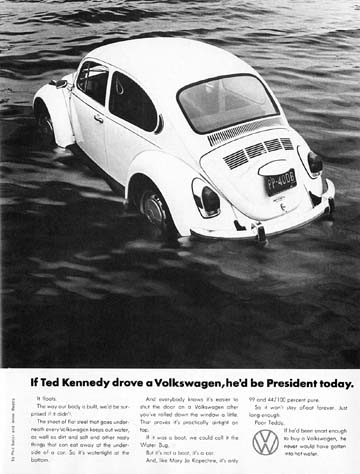








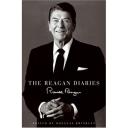 For Father’s Day, my wife gave me a copy of The Reagan Diaries.
For Father’s Day, my wife gave me a copy of The Reagan Diaries.